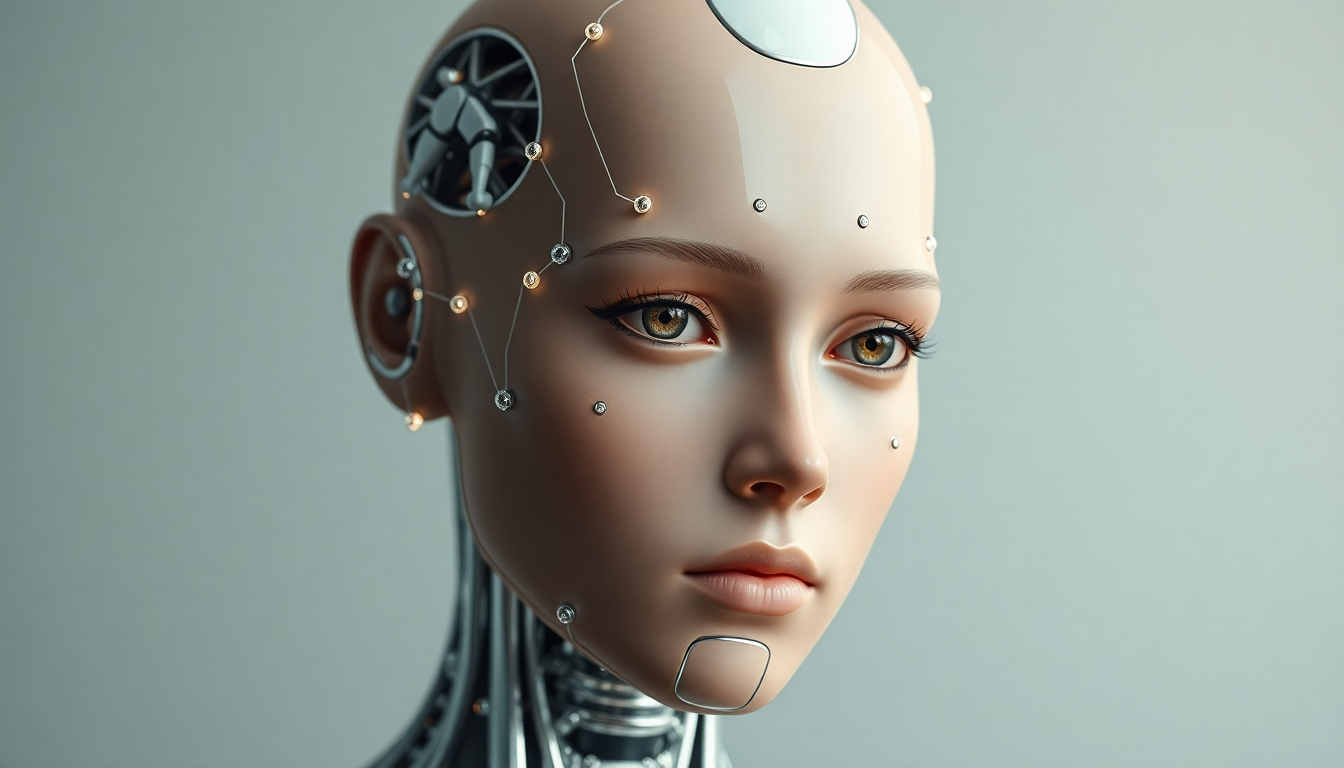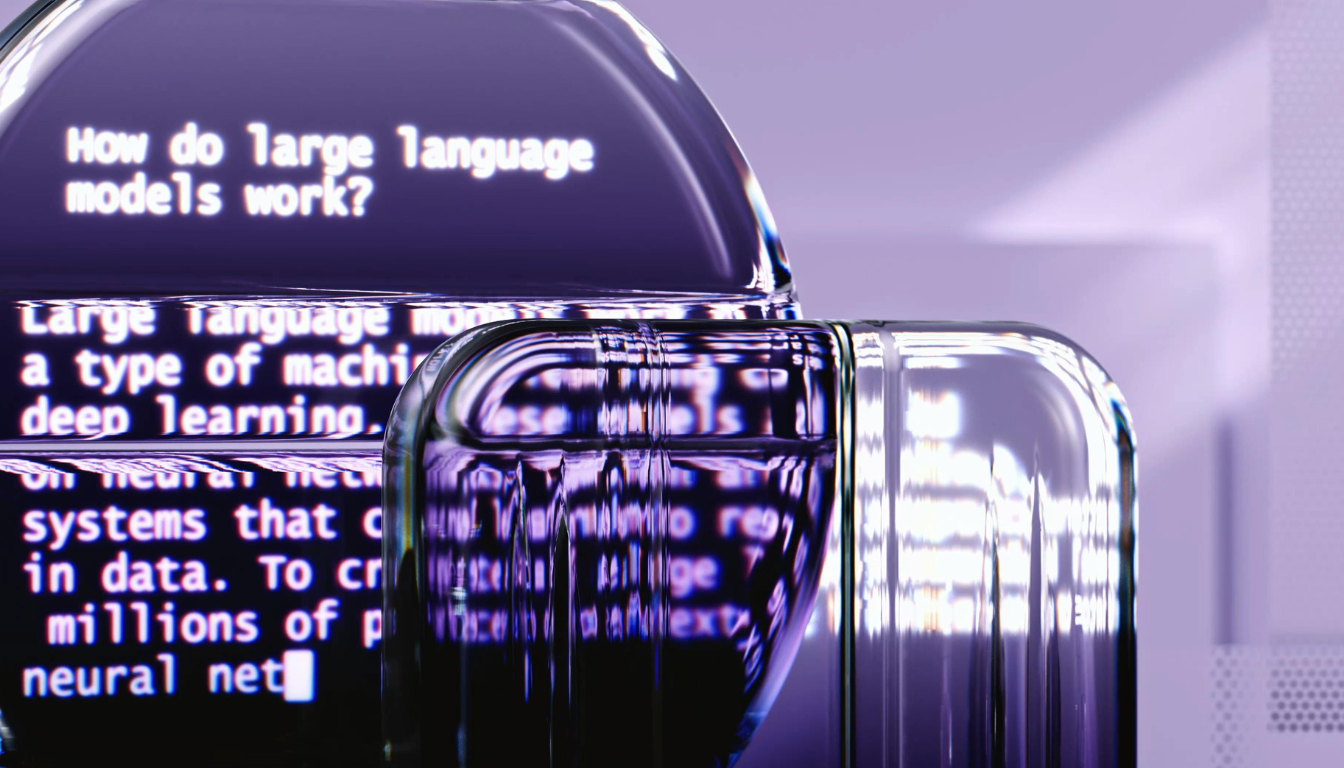Everyday Applications of Machine Learning: Transforming Modern Life
Machine learning (ML), a subfield of artificial intelligence, has become a critical component of modern technology. By enabling machines to learn from data and past experiences, ML powers tools and systems that shape how businesses, individuals, and organizations operate. While many people focus on generative AI, machine learning quietly influences everything from the apps on your phone to how businesses detect fraud. Here’s a deeper look at ten everyday ways ML is changing the game.
Making Sense of Language
Natural Language Processing (NLP) is a branch of machine learning designed to understand and process human language. It’s at the heart of customer service chatbots that resolve text-based queries and provide faster support on e-commerce sites. These virtual agents handle repetitive questions, freeing up human representatives to tackle more complex issues.
Voice assistants like Siri and Alexa take this further by combining speech-to-text capabilities with NLP to interpret spoken commands. Platforms like YouTube and Slack also use similar models for features like automatic transcription, turning spoken words into searchable text. The ability of machines to understand and organize human language is foundational to many tools we rely on daily.
Enriching Mobile Experiences
Your smartphone is a hub of machine learning. Apps like Spotify suggest songs tailored to your listening habits, while LinkedIn provides personalized job recommendations based on your skills and interests. Behind the scenes, these apps connect to ML models that analyze your data and predict what you’ll enjoy or need.
Smartphones themselves perform impressive ML feats directly on the device. Features like computational photography enhance your pictures with blurred backgrounds or better lighting. Face recognition unlocks your phone securely, while photo libraries allow you to search for specific images—like finding a forgotten cat photo in a sea of thousands—using image classification models. These innovations simplify tasks that once felt tedious or time-consuming.
Keeping Transactions Safe
With millions of credit card transactions processed daily in the United States alone, identifying fraudulent activity is essential. ML algorithms excel here, analyzing patterns to flag suspicious transactions for review. These models can process an immense volume of data in real-time, detecting fraud faster and more accurately than manual efforts ever could.
Similarly, machine learning drives much of the activity in stock market trading. Over 60% of trades are now conducted using ML-driven algorithms, a percentage that continues to grow as businesses refine their predictive capabilities.
Securing Digital Systems
Cybersecurity is another area where ML shines. Reinforcement learning techniques train systems to identify and respond to cyber threats, such as detecting network intrusions. ML models can recognize unusual patterns in data and take proactive measures to protect sensitive information, making it harder for attackers to exploit vulnerabilities.
Improving Transportation
Machine learning keeps the world moving. Google Maps uses ML to analyze current traffic conditions and suggest optimal routes, saving time for drivers and commuters. Similarly, ridesharing apps like Uber and Lyft match riders with nearby drivers using ML models that predict supply, demand, and pricing trends.
These technologies make transportation smoother and more efficient by minimizing delays and ensuring better service.
Streamlining Communication
Email services rely on ML to filter messages, distinguishing spam from legitimate emails and offering auto-complete suggestions that speed up responses. These systems learn from your past interactions, tailoring their functionality to fit your communication style.
The more you use these tools, the smarter they get, enhancing productivity and reducing distractions.
Advancing Health Care
Health care is one of the most impactful areas for machine learning. By analyzing radiology images, ML models can assist doctors in detecting cancers and fractures that are difficult to spot with the human eye alone. This technology increases diagnostic accuracy while also reducing the time required for evaluation, allowing radiologists to focus on high-priority cases.
ML has shown particular success in early detection for conditions like lung cancer and bone fractures, which require precise analysis. As these models improve, they will continue to augment human expertise, leading to better outcomes for patients.
Powering Marketing Strategies
Marketing and sales teams are heavy users of machine learning. Businesses rely on ML for lead generation, data analysis, and search engine optimization, tailoring campaigns to reach the right audience at the right time. Personalized recommendations, like Netflix’s suggestions for what to watch next, are prime examples of ML in action.
Marketers often use the same recommendation algorithms to design targeted campaigns based on consumer behavior. By leveraging these insights, they can craft more effective strategies that drive engagement and sales.
Enhancing Everyday Convenience
ML’s ability to solve “needle-in-a-haystack” problems stands out in tasks like searching through photo libraries or organizing massive amounts of data. It’s also what allows apps to offer hyper-personalized services, whether that’s a playlist you’ll love or directions that save you 20 minutes.
Even seemingly small tasks, like finding a specific email or automating routine responses, are made faster and more efficient with ML-driven tools. These conveniences save time, reduce effort, and let users focus on what matters most.
The Future of Machine Learning
While AI’s future holds promises of artificial general intelligence (AGI), machine learning is the technology already shaping today’s world. Its presence is felt in nearly every industry, from financial institutions to health care organizations. Whether enhancing business operations or improving everyday convenience, ML continues to prove its value as an indispensable tool for innovation.
As you explore new tools and technologies, consider how machine learning is woven into the systems you already use. Its practical applications demonstrate not just the potential of AI, but its ability to make life better in tangible ways.



